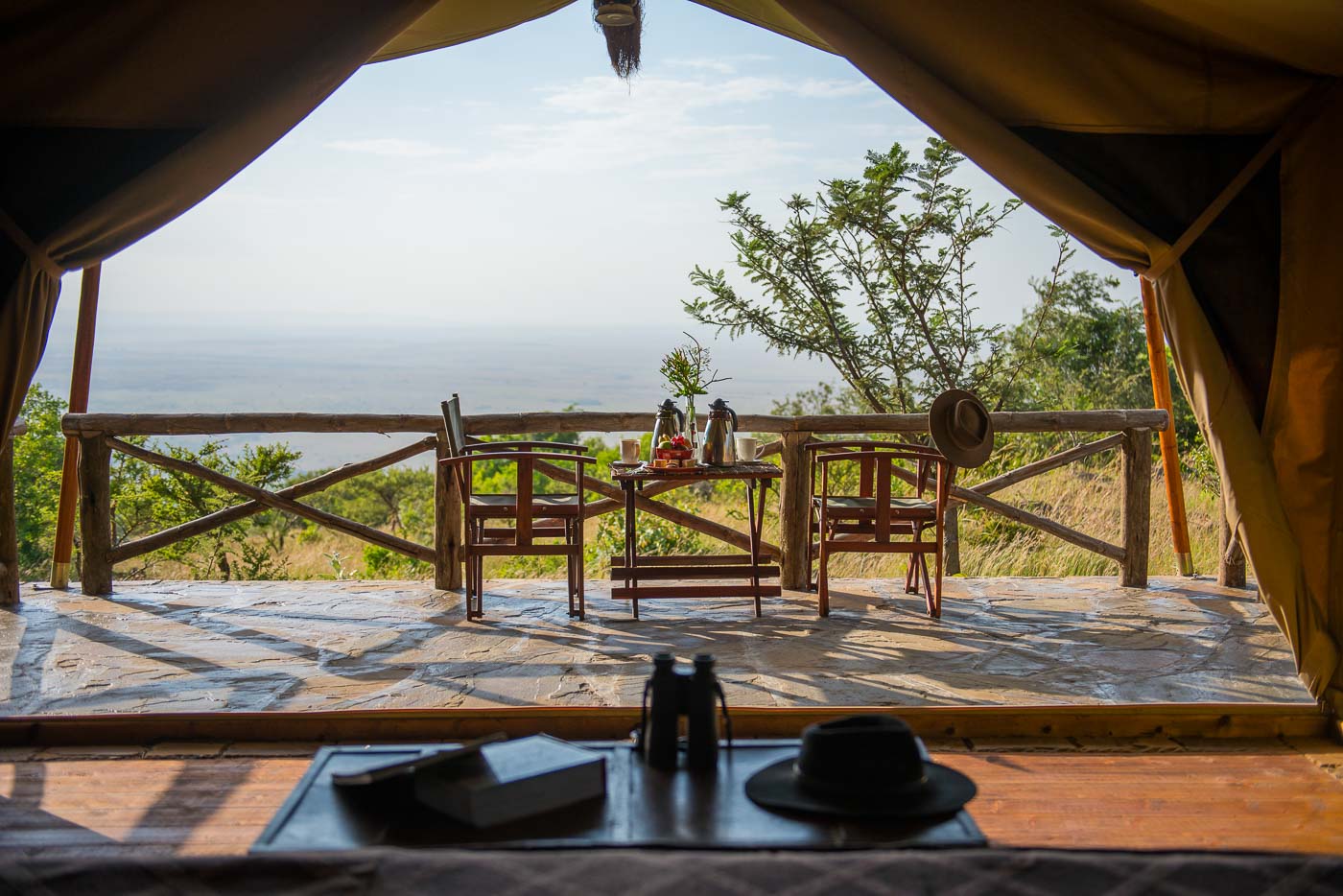As close as you can get to Tibet without a separate visa, Meili snow mountains feels like a piece of the heavens. Though we traveled three days deep into Deqin to get here, Meili’s beauty is so accessible it felt too good to be true. Mountains like this usually don’t come without porters and oxygen tanks and they definitely don’t come with luxury hotels at their base… unless they are Songtsam Meili. Sitting at 12,000 feet in a rural Tibetan village, the hotel (that dot in the valley above) faces the virgin Meili mountain range, slashing through the sky at heights as high as 22,110 feet. Our time at Songtsam Meili let us into the remote world of Tibetan life and snow-capped beauty that no other hotel could.

The roads seemed to twist into knots all the way from great Buddhist monastery town of Benzilan to the five-family village of Gujiunong. Curving around towering mountains and waiting to see what beauty was around the bend added to the excitement.

On the small road leading up to the hotel, we passed the neighboring Tibetan farmhouses, trimmed in a rainbow of color. With huge racks of drying wheat and yaks milling about the yard, each home looked storybook charming.

Built with local stones and inspiration from the Tibetan dwellings, the hotel blended beautifully into the surroundings. From the cliff-side location, huge patios, and bounty of windows, the Songtsam Meili was built to let the brilliance of the mountains shrine through.

Not wanting to waste a moment of daylight, we dropped off our bags and we quickly went back out to explore the neighborhood. We didn’t have to walk far before a farmer and father of one of the Meili staff invited us over. He was milking his dzo, a cattle-yak hybrid, and before you know it Mike was too.

After tending to the animals, we were invited inside for a pot of yak butter tea and traditional flatbread. Unlike any house we’d ever been in, the ground floor was actually the barn for the animals and the second a huge open kitchen and simple living space. Watching the lady of the house cook in her wood-powered kitchen, lined with copper pots and hand-thrown ceramics, felt like a window into another world.

We made it back to our luxurious room just before sunset and it took our breath away. The sky was getting dark but the snowy peaks stood brightly on the horizon. With two walls of windows, the peaks felt like they were inside with us.

The dining room was aglow with candles and the fire burners of Tibetan hot pot. These bronze cauldrons bring a delicious broth to a boil then couples cook their own vegetables and meat at the table. Not only was it scrumptious to eat, it was such fun to make!

None of the mountains in the Meili range have ever been summited do to their sheer verticality and holy status…so we opted to hike the foothills. Views to the snowy mountains were bound to be incredible but the colors and textures of the trail impressed us just as much. Traces of landslides from the rocky peaks cut through the red and yellow shrubs of fall keeping us in awe and on our toes.

In Tibetan Buddhism it seems that the hardest-to-reach cliffs with the most jaw-dropping views are the best places for worship. At the top of the one of our steepest climbs we stumbled upon this stupa in a tangled mess of prayer flags whipping in the breeze from the snowy pass.

We made it to the top for lunch at this old farmers cabin and soaked up the pure peace of this place.

The next morning we were exhausted from our 25-kilometer hike and decided to take in the mountain from the comforts of our window seat. (We’ve hiked for hours to get to great views during our trip but for this one we just had to roll out of bed.)

Before driving back to Shangri-la, we motivated to leave the glorious Songtsam Meili to check out the nearby (and only) town of Dechin. You know you’re getting close when white stupas line the road over the valley.

Between the Tibetan culture and the 20,000 foot mountains, Songtsam Meili was quite possibly our favorite hotel during our five-weeks in China. It’s as far-flung as it gets but for a setting this romantic, it’s worth the winding road to get there.
Anne and Mike Howard are creators of the around-the-world honeymoon blog HoneyTrek.com and Long Term Travel Coaches for anyone looking to travel the world safely, affordably and off the beaten path. You can follow @HoneyTrek on Facebook, Instagram, and Twitter.
Mike and Anne Howard left on their honeymoon in 2012 and have been traveling the world ever since. HoneyTrek.com chronicles their adventures across 7 continents, 44 countries, and counting! Their writing, photography, and the story of the “World’s Longest Honeymoon” can also be found on Condé Nast Traveler, BBC Travel, The Knot, Los Angeles Times, CBS, and dozens of other international publications. Connect with @HoneyTrek on Facebook, Instagram, and Twitter.



























